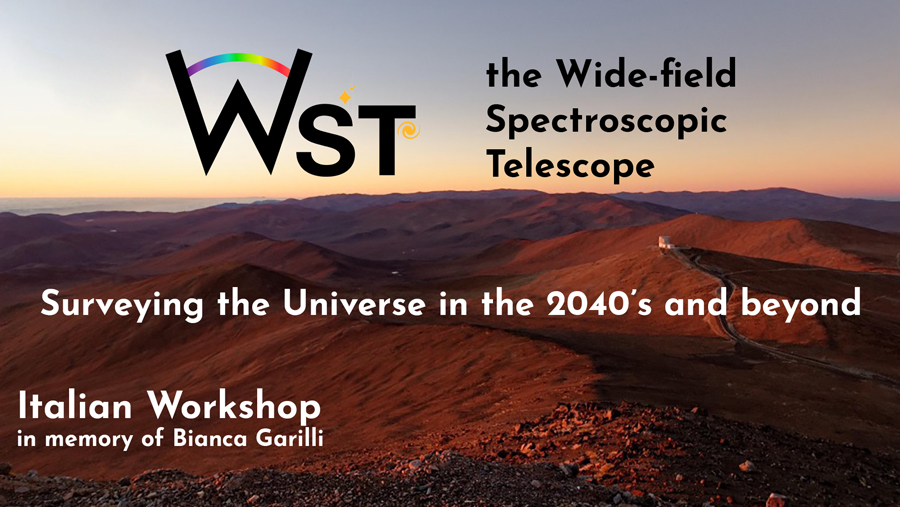Speaker
Description
With next generation gravitational wave interferometers such as the Einstein Telescope (ET) and Cosmic Explorer (CE) it will be possible to explore a larger volume of the Universe with respect to now, detecting up to 10$^{5}$ binary neutron star system mergers (BNS) per year beyond the Local Universe. The optical-NIR EM counterparts of such GW signals will be faint and will have to be found within vast regions of the sky, among a huge number of contaminants. Spectroscopy, the only secure tool to identify and characterise EM counterparts, will become the bottleneck of GW MM science. In this framework, Integral Field and Multi-Object Spectroscopy (IFS and MOS) with an ambitious next generation facility such as WST, will play a key role in the game of identifying and characterizing counterparts.
I will present the results of the simulations I carried out within the WST Time Domain working group and the MM Division of the ET Observational Science Board, to assess the impact of WST IFS and MOS on next generation GW-MM observations. I will outline the observing strategies that can be adopted with WST and show the key role of WST in answering the observational challenges of MM observations of next-generation GW interferometers.

